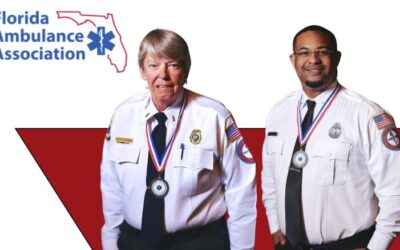Intersection Dangers. What can you do to avoid risks?
Intersections are a part of every commute, and they can be extremely dangerous, reflected by how many accidents we see.
In Pinellas County, U.S. Highway 19 and Tampa Road has had the most crashes of any intersection over the past six years, partly because it’s the fourth most congested intersection in the county. In second place is the Curlew Road and U.S. Highway 19 intersection, which is in the same vicinity.
In all, eight of the top 25 crash intersections are along the U.S. 19 corridor. But no matter what routes you take, it’s up to you to watch the road and make adjustments as needed.
These days, drivers are more distracted than ever. Many drivers tend to ignore what is in front of them as they text on their phones, tend to passengers, eat, or who knows what else. These distractions can lead to heading into an intersection too fast, then slamming on the brakes, which can cause a collision.
So with this in mind, here are some tips for drivers to avoid crashes at intersections:
- Look ahead. Never rely solely on the brake lights in front of you to know when to stop. Always look ahead at traffic patterns and signals. Paying attention to upcoming traffic will help you gauge if the light will be red when you get there. Avoid tunnel vision and only watching the car directly in front of you.
- Know when to stop at a yellow light. A yellow light does not mean that you should simply speed up to get through the intersection. Instead, it is a caution signal alerting you to be prepared to stop. Generally, if you’re going the speed limit 100 feet or less from the intersection when the light turns yellow, you have passed the “point of no return” and can’t stop safely. If this occurs, drive through to avoid sudden braking. However, if you’re not yet in that zone, be prepared to stop.
- Beware of following large vehicles too closely. If a truck or large vehicle is in front of you, maintain enough space so that you’re able to see past it. Or, if possible, try to get around the vehicle so that you can have better visibility of the road ahead.
- Monitor your speed. In many accidents, speed is a factor. The faster you go, the less time you’re going to have to react if something unforeseen happens in front of you.
- Be careful with turns. Have you ever been driving and gotten over to the turning lane, only to realize it isn’t where you want to go? If you find yourself in a similar situation, make the turn and then reroute yourself to get back on track. Trying to suddenly get back over into the other lane is dangerous and against the law if within the solid white lines.
It’s also important to note that not all crashes at these intersections are between vehicles. Pedestrians have accounted for 6 percent of all crashes at Pinellas intersections over the past six years. Whether you’re on foot or on a bicycle, always stay alert to your surroundings and follow these safety rules:
- Look both ways, and then look again before you cross. When crossing high-speed intersections as a pedestrian, it is important to take a second glance and always use the crosswalk. Just because you have the right of way, this doesn’t mean you shouldn’t still pay attention to traffic. Make sure no cars are running a red light. Vehicles going 60 mph can cover a quarter mile in 15 seconds.You also need to watch out for cars turning right on a red light. Many drivers slow down but not all come to a complete stop or yield to pedestrians.
- Be visible. Bright clothing and reflectors help keep you visible to drivers, especially at night.
- Follow the rules of the road. Even while riding a bike, as long as you’re on the road, you’re subject to the same rules as vehicles.
For the full list of dangerous intersections in Pinellas click here.



